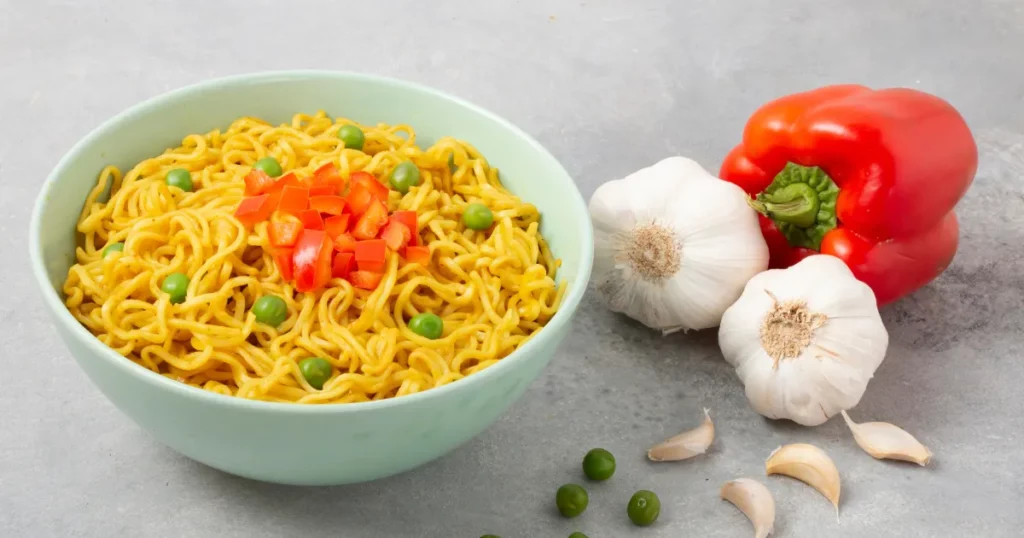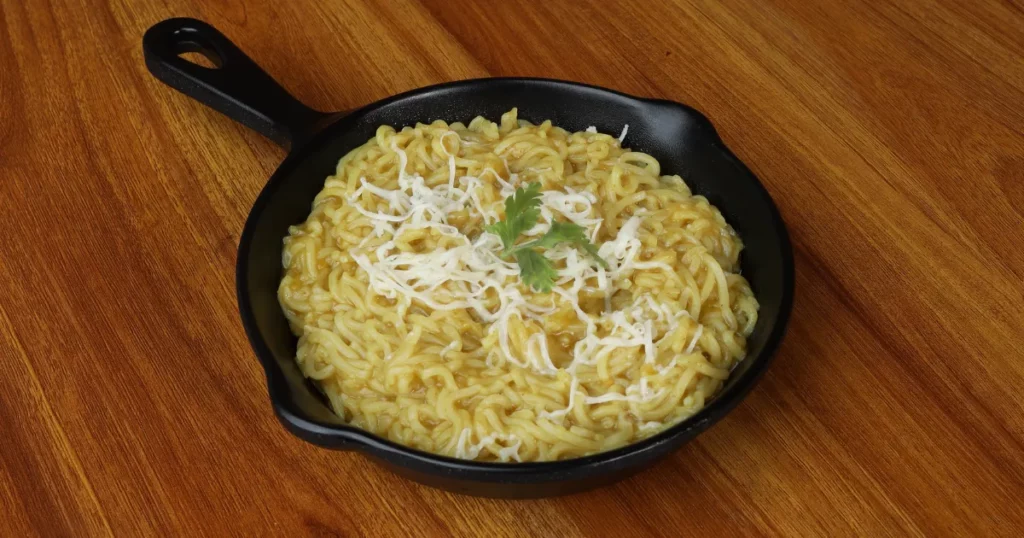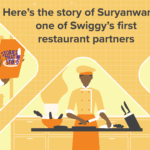Maggi is more than just a food product; it’s a global phenomenon. Loved across continents, it has become a staple in households worldwide, transcending cultural and culinary boundaries. Whether it’s a quick snack, a comforting bowl of noodles, or an ingredient in recipes, the item holds a special place in millions’ hearts (and stomachs).
This blog dives deep into Maggi’s fascinating history—from its humble beginnings in Switzerland to its status as a beloved brand globally, with a special focus on its journey to becoming an integral part of Indian households.
The Maggi Origin: Where It All Began

The history of Maggi noodles starts in Switzerland in the late 19th century, with its visionary Founder, Julius Maggi.
The Vision of Julius Maggi
Julius Maggi, a Swiss entrepreneur, sought to address the nutritional challenges of his time. In the 1880s, industrialization was reshaping Europe, and workers, particularly those in urban areas, struggled to find affordable and nutritious meals. Recognizing this gap, the brand created products that provide quick, inexpensive, and nutritious food.
Maggi’s First Products
- Bouillon Cubes: Maggi introduced bouillon cubes, a revolutionary way to add flavor to soups and stews.
- Instant Soups: Another significant innovation was Maggi’s introduction of instant soups, catering to the busy lifestyles of the working class.
These products laid the foundation for the Maggi brand, which would later expand into other categories, including the iconic instant noodles.
The Introduction of Maggi Noodles

Maggi’s true revolution came in the 1980s when it launched instant noodles. This product would transform the brand from a household name to a global icon.
The Birth of Instant Noodles
Instant noodles were introduced as a solution to modern problems: time constraints and affordability. Maggi noodles provided:
- A quick meal that could be prepared in under two minutes.
- A budget-friendly option that appealed to people of all income levels.
- A versatile product that could be customized with vegetables, proteins, or spices.
This innovation resonated with people worldwide, particularly in urban areas, where busy lifestyles made quick and easy meals a necessity.
History of Maggi Arrival in India: A Story of Love, Nostalgia, and Resilience

One of Maggi’s most remarkable success stories is its journey in India, where it became synonymous with instant noodles.
Maggi’s Entry into the Indian Market
Maggi entered the Indian market in 1983, when instant noodles were a relatively unknown concept. To introduce the product, Nestlé India (Maggi’s parent company) launched an innovative marketing campaign targeting urban households and children.
Building a Cultural Phenomenon
Maggi’s popularity in India skyrocketed due to its versatility, ease of preparation, and taste. It soon became one of the most popular lunchbox meals. The snack became a sensation as a go-to option for students, working professionals, and busy parents. Moreover, the taste was unmatchable to any other substitutes present in the market.
The 2015 Controversy
In 2015, Maggi faced a significant setback in India when allegations of high lead content and mislabeling (regarding monosodium glutamate) led to a temporary ban. This incident shook consumer trust and significantly impacted sales.
However, it made a remarkable comeback within months, proving its resilience. Nestlé India revamped its production processes, launched new ad campaigns, and reassured customers about the product’s safety and quality. Today, the name remains a household favorite in India.
Craving Maggi? Order Now on Swiggy!
Feeling hungry? Satisfy your cravings with a steaming bowl of Maggi! Search “Maggi restaurants near me” and step out. Or order online from Swiggy, as it offers a wide range of Maggi-based dishes, from classic masala noodles to innovative recipes like Maggi burgers, Maggi pizza, and Maggi bhel.
Do you prefer cooking at home? Order your favorite Maggi flavors and ingredients through Swiggy Instamart. In just a few clicks, you can bring the magic of Maggi to your table!
Conclusion
From the 19th-century in Switzerland, maggi country of origin, to becoming a global food icon, Maggi has come a long way. Its journey reflects not just the evolution of food habits but also a brand’s ability to adapt, innovate, and resonate with consumers across cultures and generations.
The item holds a special place in India as a symbol of comfort, nostalgia, and convenience. Its story of resilience, particularly after the 2015 controversy, showcases its enduring appeal and trust among customers.
It is a beloved favorite worldwide, whether it’s a quick snack, a midnight meal, or a base for creative recipes. So the next time you enjoy a bowl of the noodles, remember the rich history and passion behind every bite.
FAQ
1. Which is Maggi origin country?
Maggi originated in Switzerland in the 1880s. Julius Maggi created it to provide affordable and nutritious meals.
2. Who was the Founder as per the history of Maggi?
The Founder of Maggi was Julius Maggi, a Swiss entrepreneur who revolutionized the food industry with innovative products like bouillon cubes and instant soups.
3. How many flavors of Maggi are there globally?
Globally, there are over 50 unique flavors of Maggi. For instance, India has Masala, Chicken, and Vegetable Atta flavors, while other countries enjoy variations like Curry, Tom Yum, and Cheese flavors.
Author Bio
Satisfying your cravings, one bite at a time. Discover the best eats, trends, and uncover the hidden gems with us to make your online ordering or dining experience a memorable one.










































































